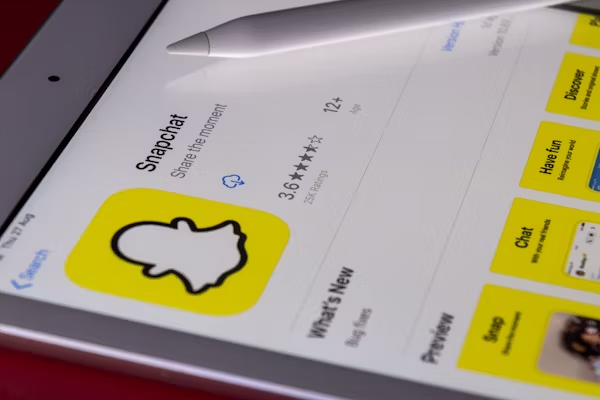“Half of my life is on this app and now they expect us to pay for it.” That one sentence captures the outrage spreading across social media. Snapchat’s decision to charge users for storing old photos and videos has triggered anger, frustration, and accusations of greed.
Charging for nostalgia
Snap, the company behind Snapchat, announced in September that users with more than five gigabytes of stored Memories will need to pay to keep them online. For many, those saved moments represent years of friendships, milestones, and growing up. Critics quickly filled app stores and social media with negative reviews, calling the decision “corporate greed.”
Snap defended its move, comparing the new storage fees to those charged by Apple and Google. It said users could avoid paying by downloading their Memories to their own devices — even if that means dealing with tens of gigabytes of data.
A company spokesperson said the change would affect only a small group of users. They admitted that moving from a free service to a paid one “is never easy,” but insisted the update would be “worth the cost.” Many users strongly disagree.
Outcry over the ‘memory tax’
An online petition has branded the new charge a “memory tax.” Users have described the move as “unethical,” “ridiculous,” and even “dystopian.” Some have promised to delete their accounts entirely.
One reviewer, Natacha Jonsson, left a one-star review on Google Play. “If I know millennials right, most of us have years worth of memories on Snapchat,” she wrote. “And most of us only kept the app for that reason. 5GB is absolutely nothing when you have years of memories… Bye Snap.”
On TikTok, 20-year-old journalism student Guste Ven from London shared that she plans to quit the app. “I decided to download all my memories as soon as I could,” she told a British news outlet. “Almost all of my teenage years are on Snapchat. It just doesn’t make sense to charge people for something that’s always been free.”
Loyal users feel forgotten
Snapchat has not yet announced how much storage will cost in the UK. The company said the change will roll out gradually worldwide.
Londoner Amber Daley, 23, said she would be “distraught” if the charges go ahead. She has used the app daily since 2014 and described it as “a part of everyday life.”
Amber said she understood that the platform needs to earn money but felt the move was unfair to long-term users. “It’s not just a feature,” she said. “These aren’t just called Memories — they are our actual memories.”
The cost of cloud storage
Charging for online storage is common. Millions already pay Apple and Google to save their photos and videos. But many argue that Snapchat’s decision feels different because users built their collections under the promise of free access.
“Hosting trillions of Memories isn’t cheap,” explained social media consultant Matt Navarra. “Snapchat pays for storage, bandwidth, backups, encryption, and content delivery.” Still, he said the change feels like a “bait and switch.” “After encouraging people to archive their lives on the app, shifting to a paid model feels unfair,” he added. “These Memories aren’t just files — they’re emotional artefacts.”
When memories meet money
Many users share that feeling. One wrote that their saved photos and videos are “the most precious thing to me.” “They include everything — new family members, losses, friends, and all of my teenage years.”
Dr. Taylor Annabell, a postdoctoral researcher at Utrecht University, said Snapchat’s move reveals the risks of storing personal history on commercial platforms. “These companies profit from user trust and the idea of endless access,” she said. “It keeps people emotionally tied to the platform. But they are not caretakers of our memories — they are businesses that trade on them.”


